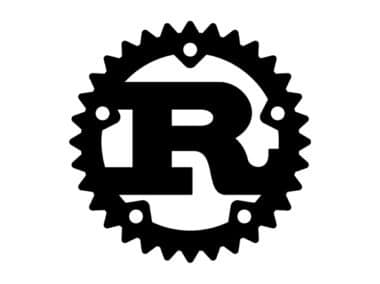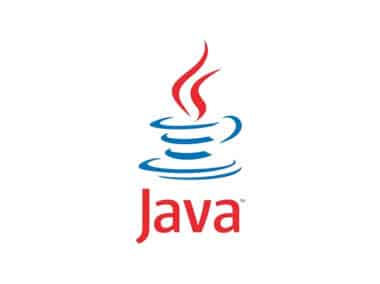In PHP, a string is a sequence of characters that is enclosed within quotes. PHP supports single quotes and double quotes for defining strings.
To create a string in PHP, you can simply enclose a sequence of characters within quotes. This includes letters, numbers, symbols, and whitespace. For example, you could create the following strings:
$string1 = 'This is a string using single quotes';
$string2 = "This is a string using double quotes";
$string3 = "1234";
$string4 = "Hello, world!@#$%^&*()_+-={}[]|\\\\\\\\:;'\\\\"<>,.?/`~";
$string5 = " This string has leading and trailing whitespace. ";
Once you have created a string, you can use PHP’s built-in string functions to manipulate it. These functions allow you to perform tasks such as finding the length of a string, replacing parts of a string, and extracting substrings. Some of the commonly used functions are:
strlen()– returns the length of a stringstr_replace()– replaces all occurrences of a string within another stringstrpos()– finds the position of the first occurrence of a string within another stringsubstr()– returns a part of a string
Here is an example of using some of these functions:
$string = "Hello, world!";
echo strlen($string); // outputs 13
echo str_replace("world", "PHP", $string); // outputs "Hello, PHP!"
echo strpos($string, "world"); // outputs 7
echo substr($string, 0, 5); // outputs "Hello"
In addition to these functions, PHP also provides many other functions for manipulating strings. By understanding and using these functions, you can effectively work with strings in PHP.
So whether you need to validate user input, parse data from an API, or generate complex reports, knowing how to work with strings in PHP is an essential skill for any web developer.




